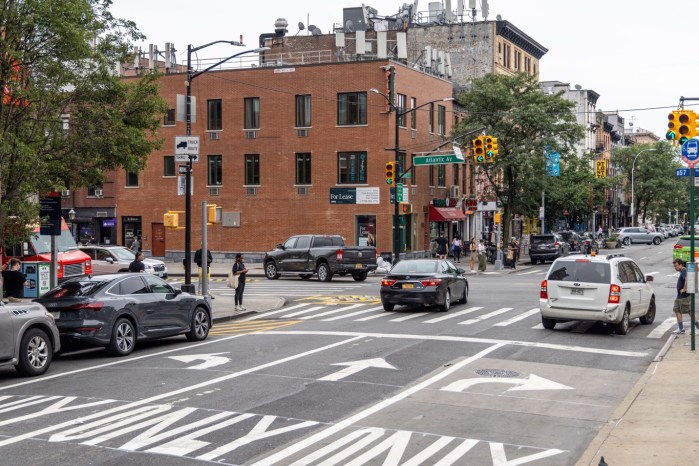A form of transportation once seen as vital to commuters from Williamsburg and Greenpoint may soon die.
New York Water Taxi has warned its passengers that without a steady cash infusion from the city, riders will be forced to hit the crowded L train every morning.
Tom Fox, president of New York Water Taxi, will not disclose an official end date of his ferry service, but if negotiations with the city don’t produce the subsidies Fox claims the ferry needs to operate, he will give his passengers two weeks notice.
Fox’s ferry currently receives no public subsidies — unlike virtually every form of transportation. Subways, express buses, commuter rail lines and Amtrak are all heavily underwritten by taxpayers — and drivers get their own subsidies in the form of toll-free roads and bridges.
As a result of the lack of public support, Fox claims that he is losing $1,200 to $1,400 a day, though some dispute that figure.
Regardless of the actual number, the city’s lack of support for waterborne transportation is causing considerable kvetching on this side of the river.
“Reliable ferry service is the city’s responsibility,” insisted Belinda Horton, who uses the ferry every day. “It’s for our entire community.”
Even at unsubsidized prices, a 10-minute ferry from the Williamsburg waterfront at S. Eighth Street to Wall Street and Midtown has been popular with a small band of riders.
“There’s just no other option,” said Dawn Bodenchak, a resident of Schaefer Landing, where the ferry’s Williamsburg dock is located. “The ferry gets me to work in the same amount of time it would take me to walk to the train.”
Add to the short commute a picturesque view, cellphone service, a heated compartment and plush seats, and the ferry is a no-brainer. The only problem is the price — $5.50 one way or $195 per month.
This isn’t the first time passengers have had to wonder whether or not the ferry would be waiting for them the next morning. This past winter, Fox’s ferry faced the same problem, but Fox was able to keep it running thanks to a temporary city infusion worth hundred of thousands of dollars.
At the time, the Council and the Economic Development Corporation pledged “uninterrupted service through 2010,” along with expanded service along the waterfront starting in 2010. That expansion was to include increased frequency and marketing of ferry service, and new docks at N. Sixth Street in Williamsburg and India Street in Greenpoint.
But at the end of September, Fox alerted passengers that more city subsidies were not guaranteed, and thus uninterrupted service through 2010 was unlikely. The city made no announcement of service changes, but let it be known that ferry expansion would be postponed until 2011.
EDC spokesman David Lombino chalked up the delay to “the post-Lehman collapse” and “a $5-billion budget deficit.”
Schaefer Landing board president (and ferry user) Ken Stein was unimpressed: “You made the deal, you made the announcement,” he said.
Passengers aren’t the only one’s upset.
“The city needs to make a long-term investment to this,” said Councilman David Yassky (D–Brooklyn Heights). “Mass transit should not be funded on a ‘how-is-the-market-going?’ basis. Mass transit is something that is reliable so that people build it into their routine. I am certain that it can not be done without a city subsidy.”
For now at least, another one-time cash infusion is unlikely, Lombino said.
Instead, the EDC is at work on a citywide ferry study that will help produce a sustainable plan for long-term, expanded ferry service.
For now, Tom Fox is skeptical that the study will produce the necessary component.
“Ferry service will work whenever they have the political will,” he said.























